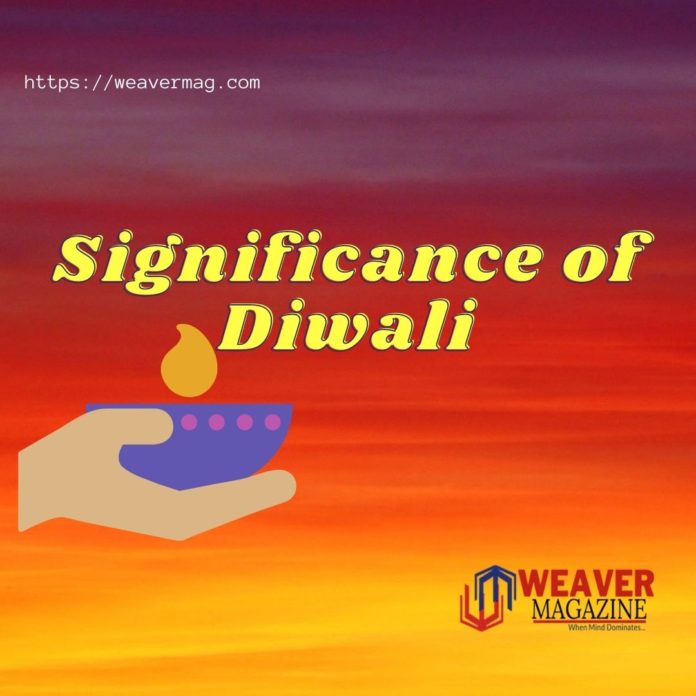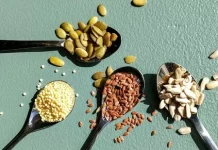Diwali also known as ‘Deepavali’ is one of the most popular and anticipated festivals celebrated every year with joy and enthusiasm by millions of people. Also known as ‘Festival of Lights’, it is primarily observed on the day of New Moon or ‘Amavasya'(15th day of Kartik). However the dates may vary, but surprisingly this year in 2020 both Diwali and Children’s Day is celebrated on the same day of 14th November. This auspicious festival starts at the end of cropping season and is often associated with immense wealth and happiness. Generally people clean and renovate their houses, workplaces, restaurants and shops few days prior to Diwali. Diwali is usually celebrated five days after Dushhera. During Diwali houses are decorated with elegant lights, lamps and laterns. According to Indian Mythology, this day marks the return of Lord Rama to his kingdom, Ayodhya after 14 years of exile and defeating the evil Lankan king Ravan. Whereas some people celebrate to honour the return of Pandavas after 12 years of Vanvas and a year of Agyatvas. This is a five day long festival which is mentioned in ancient Sanskrit text as follows:-
Day 1 : Dhanteras, Dhanatrayodashi, Yama Deepam
Dhanteras which is derived from word ‘Dhan’ which means wealth and ‘Teras’ means the thirteenth day of the fortnight Kartik. It also marks the beginning of Diwali. It is celebrated to commemorate Dhanvantari , the Hindu god of Ayurveda medicine and an avatar of Lord Vishnu who emerged while churning the cosmic ocean. Dhanvantari is worshipped for cleansing and purifying the mind and soul for a healthy life. On Dhanteras, hindus clean their houses and business premises. They ignite, small earthen lamps also known as ‘Diyas’ continuously for the next five days.Women decorate the doorways with rangolis, made from rice flour, flower petals, colored rice or colored sand. Men prefer to decorate their home and offices with lights and string up lanterns also known as, ‘Kandil’ . On this particular day people purchase new utensils, home equipments, jewelleries etc.
On the eve of Yama Deepam (Yama Dipadana, Jam ke Diya), Hindus light diya, ideally made of wheat flour ,filled with sesame oil, that faces south and place them at the backyard of the house. It is believed that it pleases Lord Yamraj the god of death, and helps in warding off untimely death.
Day 2: Naraka Chaturdashi, Kali Chaudas, Chhoti Diwali, Hanuman Puja.
Naraka Chaturdashi is also called as Chhoti Diwali.
On this same day the demon (asura) Narakasura was killed by Lord Krishna, and he freed 16,000 imprisoned princesses abducted by Narakasura. Some Hindus, offer pray for the peace of departed souls of one’s ancestors so that their souls can rest in peace afterlife. Hanuman Puja is also performed in some parts of India especially in Gujarat. The immense love and devotion Hanuman had for Lord Rama pleased him so much that he blessed Hanuman to be worshipped before him. Hence, people worship Hanuman the day before Diwali’s main day.
Day 3 : Lakshmi Puja, Kali Puja
Lakshmi Puja marks the last day of the lunar fortnight. On this day, Hindus, Jain and Sikhs temples and homes are illuminated with beautiful lights. According to rituals, prayers are offered to various deities, such as Ganesha, Saraswati, Ram, Lakshman, Sita, Hanuman, or Kubera. Young children visit their grandparents and other senior members of the society.During this day owners give bonus to their employees and offices either do not open or close early to allow them to spend quality times with family. Tradional indian sweets and snack items are prepared during Diwali like Ghujias, Aloo Wadas, Onion Bhaji, Halwa, Kaju Kathli, Milk Cakes, Malpua, NanKhatai, Namakpare, Ladoos, Jalebi, Gulab Jamuns, Rasagullas, Mysore Pak, and the list is endless. Mithai’s (sweets), dryfruits and other delicacies are first offered as ‘Bhog’ to Gods as an old tradition. Later on people burst firecrackers and celebrate this special occasion. Afterwards sweets and gifts are distributed among families, friends and relatives and they greet each other and worship Goddess Laxmi for a prosperous year ahead.
Day 4: Balipratipada (Padwa), Annakut, Govardhan Puja
This is the day after Diwali and marks the first bright fortnight of the luni-solar month. Annakut means heap of grains. It is also known by various names like, Padwa, Goverdhan Puja, Bali Pratipada, Bali Padyami, Kartik Shukla Pratipada and much more. This day is associated with the story of defeat of Bali at the hands of Lord Vishnu. The bond of love between husband and wife is celebrated. On this day newly wed couples are invited by their parents and given festive treats and gifts. In some parts of India, communities prepare over hundred dishes and offered to Lord Krishna before it is shared among the people.
Day 5 : Bhaubeej, Bhai-Duj, Vishwakarma Puja.
This is the last day of the festival and very much similar to Raksha Bandhan. It is believed that Lord Yama’s sister Yamuna welcomed him with a Tilak (vermillion mark on forehead).Some believe that Subadhra welcomed her brother Lord Krishna with a tilak after defeating the evil demon Narakasura. During this day people do Puja and offerings to deities for protection and well being of siblings.
Diwali signifies the victory of good over evil and the light indicates purity, wealth, power, health and good luck. In India, people of different religion, cultures and ideologies stand united and celebrate this much awaited festival with utmost joy and enthusiasm. This Diwali lets take an oath to ward off the darkness prevailing in the society forever and illuminate this universe with harmony and prosperity.
— By Richie Elangical











